Aerospace, Cleanroom News
Virgin Galactic Unity: How Far Does $250K Take You?
Flying High with Justin Bieber and Leo DiCaprio
Coronavirus. Covid-19. Disrupted travel. Broken supply chains. Global pandemic. Can the news get any worse? Pessimists among us will nod their heads wearily, while those of a more optimistic disposition may lean towards finding a chink of light in a growing storm. And others – those with more disposable income than most of us – may well be considering taking a break from it all, a get-away to distant realms to escape the constant cycle of bad news. But where would you go to escape a ‘pandemic’? When news networks report, seemingly 24/7, on how cases of Covid-19 have already been identified on every continent except Antarctica? Short of freezing ourselves in the sub-zero temperatures of those magnificent but utterly inhospitable wastelands, where in the world can we go to be away from this new sickness?
Maybe the answer lies in the question. Perhaps we ought to be asking ourselves ‘Where outside of the world can we go?’ Those with sufficient financial resources and the right connections may be tempted to check their contact lists for the number of Richard Branson of Virgin Galactic – the company that’s setting its sights on offering the opportunity for ‘adventurers to embark on a life-changing experience and to earn their astronaut wings as some of the world’s first private astronauts.’(1) Yes, the era of space travel for everyday folks is here – at least if you can fork out an initial $1000 to put you on the will-call list. Intrigued? Let’s take a look at the Virgin Galactic Future Astronaut Community and its One Small Step program…
According to Travel + Leisure Magazine, as of April 2017 at least ‘500 people [had] reportedly reserved $250,000 spots […] when Virgin does open space travel to tourists.’(2)
And, with recent news out of Spaceport America, the $1000 deposit through One Small Step has gotten them closer to extra-terrestrial excitement. Having moved its headquarters and most of its staff from Mojave, CA to a spot near Truth and Consequences in the New Mexico desert last year, Branson’s Virgin Galactic has already completed its initial test flights of passenger missions in suborbital space. With 50 miles being the generally accepted threshold for the ‘edge of space,’ Virgin Galactic’s spacecraft – dubbed ‘Unity’ – dipped into space by reaching an altitude of 51.4 miles above the Earth in its initial test flight, with later trips reaching 55.87 miles. The SpaceShipTwo craft – one part of the company’s reusable spaceflight system – achieved speeds of ‘Mach 3.04, roughly three times the speed of sound, which is faster and higher than the ship has ever achieved.’(3) On board were two pilots, David McKay and Mike Masucci, along with VG’s chief astronaut instructor, Beth Moses who, according to an article in the Orlando Sentinel, became ‘the first woman in space on board a commercial space craft.’(4)
And this successful test of a passenger flight paves the way for future trips. According to Virgin Galactic, a mere three days on-site training is all that is required for fee-paying passengers to don custom-fitted flight suits and buckle up. Having received pre-flight instruction in experiencing micro-gravity and dealing with acceleration of almost 4Gs, passengers will embark on what Virgin Galactic hopes will be a ‘life-changing experience.’(5)
A conventional runway take-off strapped to WhiteKnightTwo, a catamaran-shaped, quad-engine, dual-fuselage jet aircraft carrier, will bring the craft to an altitude of 50,000ft at which point they two will part ways. Firing up the custom-designed rocket motor – a marriage of the simplicity of a solid rocket to the precision control of liquid fuel engines – the pilots will then pitch Unity’s nose upwards in an almost vertical climb, producing ‘acceleration forces of around 3.5G and propel the spaceship to speeds approaching three and a half times the speed of sound towards the black sky of space.’(6) And once the threshold of space is reached, the excitement of micro-gravity really begins: ‘the pilots will shut off the rocket motor, immediately allowing those on board to leave their seats for several minutes of true, unencumbered weightlessness. The pilots will manoeuvre the spaceship to give the best possible views of Earth and the blackness of space, while raising the vehicle’s wings to its “feathered” re-entry configuration. As gravity pulls the spaceship back towards the earth’s upper atmosphere, astronauts will return to their personalised, custom-designed seats which will provide support and comfort as the air outside the spaceship thickens and the spaceship rapidly decelerates.’(7)
This ‘rapid deceleration’ is possible due to the way Unity is engineered to change shape mid-flight, leveraging aerodynamic forces to enhance stability and maximize control of the rate of deceleration in descent. Designed like a shuttlecock – the conical-shaped feathered projectile used in badminton – the wings and tail booms are rotated upwards while in space ahead of re-entry and return to Earth. At around the 50,000ft above ground mark, Unity’s wings regain their normal configuration, the craft glides back to the ground, and the new astronauts disembark with an expensive tale to tell at Happy Hour.
With that said, space tourism isn’t the only program in which the Virgin companies are involved. Part of the Galactic Ventures family, Virgin Orbit (VO) is headquartered in a 180,000 square foot facility in Long Beach, CA, and boasts an extensive manufacturing area that incorporates facilities to design, engineer, manufacture, assemble, and test craft with custom-built test rigs and in a state-of-the-art ISO Level 8 (Class 100K) cleanroom. According to the company’s online documentation, VO’s contamination-controlled environment includes relative humidity of 40-60%, temperatures maintained between 63°F and 77°F, adjacent power control room with pass through for electrical cables, accommodation for the storage of propellants such as xenon/krypton, cold gas, and a variety of ‘green’ options, with ‘[f]ueling of hazardous propellants [occuring] at an external, Virgin Orbit procured processing facility.’(8) As one would expect, consumables such as compressed air, gases such as helium and nitrogen, isopropyl alcohol, lint free wipes, gloves, et cetera are also provided.
So what is the purpose of these well-appointed facilities? We’re glad you asked. VO is looking to develop a fleet of vehicles to convey smaller ‘passengers’ into space. And by smaller, we definitely much smaller than the human ‘payload’ of Unity and other future versions of the SpaceShipTwo. For VO, the market is in satellites, specifically the field in satellite launching services. Per the company’s media briefings, its core focus is ‘to get small satellites to orbit quickly, reliably, and affordably. Designed from scratch with these guiding principles, the LauncherOne air-launch system provides freedom from the constraints of fixed ground infrastructure and onerous pre-launch paperwork. We believe launching your small satellite should be hassle-free, and we are enabling this with streamlined processes and the superior customer service.’(9)
To this end, VO offers services that emphasize a reduced time-to-launch (typically around 9 months), flexible launch windows, payload handling options including encapsulation and storage, and the possibility of multi-manifest missions. And this is all achieved by the use of VO’s signature vehicle, LauncherOne – ‘a simple expendable, launch vehicle designed to place small satellites of up to 500 kg / 1100 lbm into a wide range of Low Earth Orbits (LEO) at an affordable price.’(10) The difference between this vehicle and its competitors is that LauncherOne does not start its solo journey at ground level but rather hitches a ride 35,000ft above ground aboard a 747-700 carrier, ‘Cosmic Girl.’ And this makes VO’s system somewhat more flexible in terms of its ability to side-step the kind of pesky problems usually encountered in ground-based launches. Factors such as ‘weather, offline radar tracking assets, vehicles in the launch pad keep-out zone, and manifest jams on the increasingly crowded Eastern and Western ranges’ can all cause potential delays and mission aborts, resulting in expensive project over-runs and time wasted. Moreover, given that it rides atop a 747 aircraft, LauncherOne requires no ground launch infrastructure, making it significantly more mobile and nimble than its counterparts.
So what kind of satellites are likely to make their way into orbit via LauncherOne? According to Dan Hart, President and CEO of Virgin Orbit, the units are mainly SmallSats and CubeSats used for global connectivity, remote sensing, and security – the same kinds of equipment we discussed in our earlier article, ‘Cubesats? – In Space Exploration, Less Just May Be More.’ LauncherOne is compatible with CubeSat dispensers such as Cal-Poly P-POD, Tyvak Rail-POD, Nanosatellite Launch Adapter System (NLAS), XPOD Separation System, and Astrofein GmbH Picosatellite Launcher among others, and accommodates the most common unit configurations – 1U, 2U, 3U, 6U, 12U, 16U, and 27U, for example.(11) What’s more, once the payload has been set into orbit, LauncherOne follows a Collision/Contamination Avoidance Maneuver (C/CAM) so that the deployed payload remains uncontaminated by contact with the craft or other cubesats.
All of this sounds enticing, but is it safe? Having been granted an operating license in 2017 by the U.S. Federal Aviation Administration’s Office of Commercial Space Transportation, Virgin Galactic looks to be ahead of the game in getting its paperwork squared away. And with a license under the Federal Aviation Administration regulation 14 CFR 431, Launch and Reentry of a Reusable Launch Vehicle (RLV), VO’s services are in compliance with international orbital debris disposal guidelines. However, given that space tourism and satellite launch services are relatively new market sectors, it is to be anticipated that regulations will evolve as processes and protocols continue to develop. We’ll be watching with great interest in the coming months and years as the situation continues to unfold.
So what’s the take-home with regard to Galactic Ventures’ small steps and giant leaps?
Unsurprisingly, given the hefty pricetag of the orbital jaunt, there are skeptics who might well be eyeing the enterprise with suspicion. But skepticism regarding the venture has done little to quell interest – at least among those would-be astronauts who just happen to have $250,000+ hidden under the bed. As of last month, over 8,000 applications had been received and 600 tickets had been purchased for the 90-minute journey in which participants will not only experience the weightlessness of microgravity but also see the curvature of the planet. And perhaps, if only for the sake of finally laying to rest that vexing new-old question regarding the shape of our planet (newsflash: it’s round, folks…) $250k may actually be a small price to pay…
Would you like to accompany Leonardo DiCaprio and Justin Bieber on a space flight? If you have $250k to spend it’s a definite possibility…but would you do it? If money were no object, would you dare to dance among the stars – even for a brief few moments? We’d love to know your thoughts!
References:
- https://www.virgingalactic.com/learn/
- https://www.travelandleisure.com/trip-ideas/space-astronomy/richard-branson-virgin-galactic-2018
- https://www.travelandleisure.com/travel-news/virgin-galactic-first-passenger-in-space
- https://www.orlandosentinel.com/space/os-ae-virgin-galactc-second-flight-to-space-20190222-story.html
- https://www.virgingalactic.com/learn/
- ibid
- ibid
- https://virginorbit.com/wp-content/uploads/2019/09/ServiceGuide_Sept2019.pdf
- ibid
- ibid
- CubeSats are measured in 10cm3 ‘units’ where 10cm x 10cm x 10cm is notated as ‘1U’. Per NASA’s definition, SmallSats have ‘a mass less than 180 kilograms and about the size of a large kitchen fridge.’ They are differentiated as follows: Minisatellite, 100-180 kilograms; Microsatellite, 10-100 kilograms; Nanosatellite, 1-10 kilograms; Picosatellite, 0.01-1 kilograms; Femtosatellite, 0.001-0.01 kilograms.






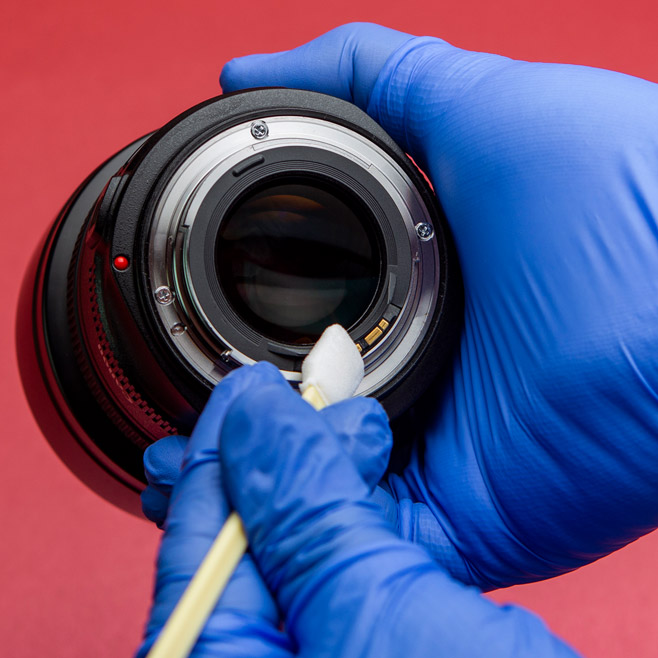



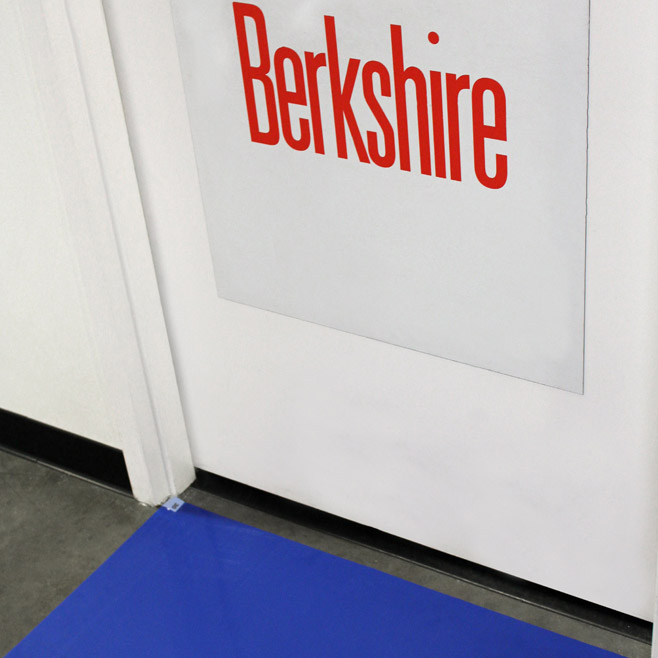




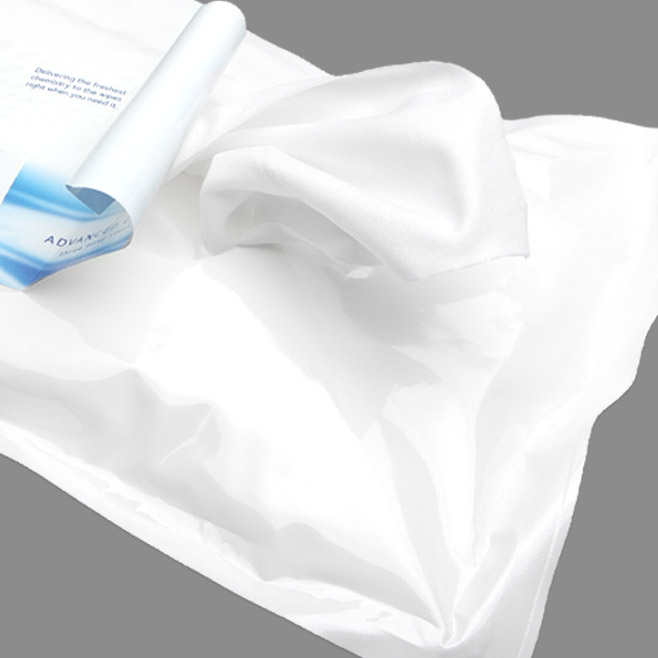
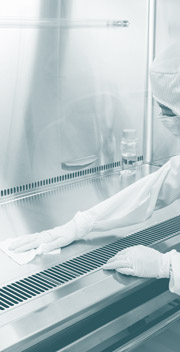

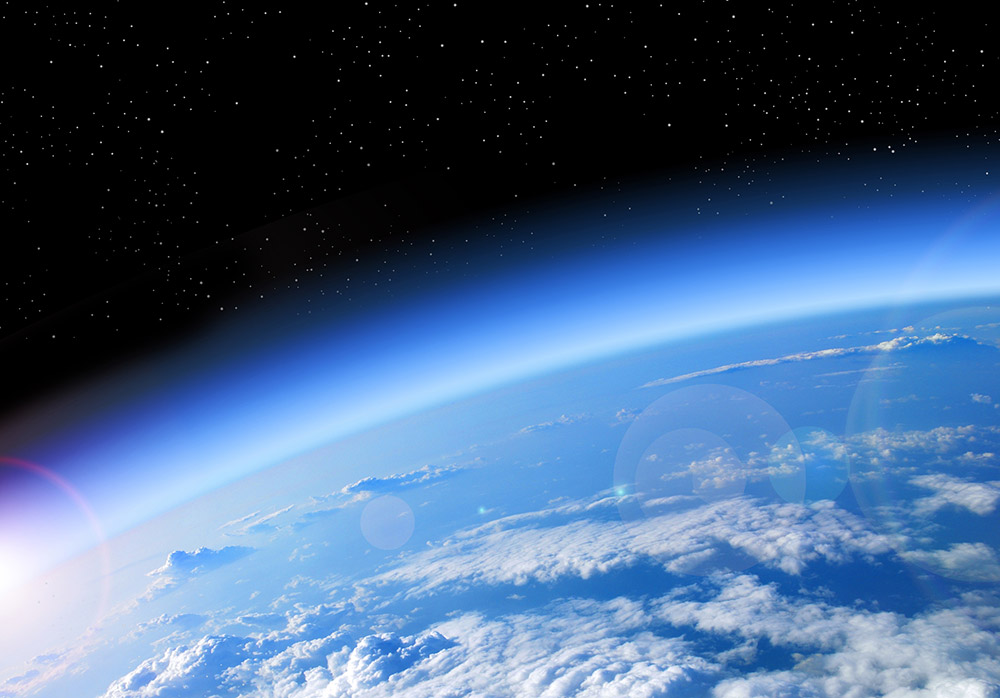

HAVE AN IDEA FOR CONTENT?
We are always looking for ideas and topics to write about.
Contact Us